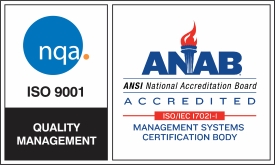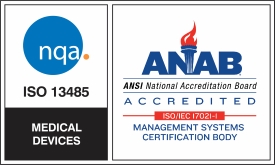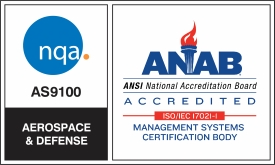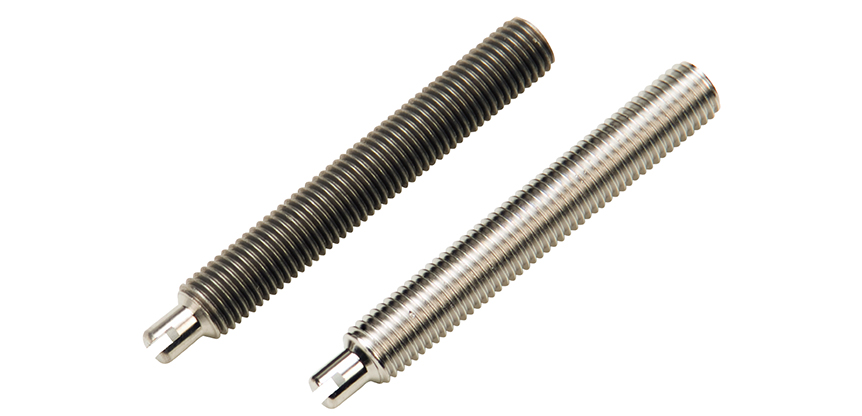Electrochemical polishing, which is commonly referred to as simply “electropolishing,” is the process of removing a uniform layer of surface material from metal parts to enhance them for corrosion resistance, as well as improved performance and part lifecycle. Many companies utilize electrochemical polishing as the “final step” in the manufacturing process. Wondering how this metal finishing treatment works? Learn more from our guide on electrochemical polishing.
The Electrochemical Polishing Process
The electrochemical process is often utilized to remove a uniform layer of surface material. During electropolishing treatments, metal parts are submerged in a chemical bath. After parts are submerged, a power source converts this chemical bath from AC voltages to DC. An electrolyte then acts as a conductor to the bath to remove metal ions. During the process, gassing in the form of oxygen occurs further cleansing the surface of the metal part. Once the process is completed, the parts are submitted to a series of cleaning and drying processes to remove any lingering electrolytes. After electrochemical polishing, metal parts have a bright surface that’s ultraclean and free of embedded impurities.
Benefits of Electropolishing
Many companies rely on the reliable results that electropolishing provides. Following electrochemicalpolishing, metal parts are improved for a variety of functions, including:
- Microfinish Value—Metal parts may have micro cracks or defects that can eventually compromise part performance. The electrochemical polishing process removes peaks in the metal parts’ surfaces, which therefore reduces any microscopic imperfections. The microfinish improvement provided by electropolishing ultimately extends the lifespan of parts.
- Edge Deburring—During machining, metal parts often incur jagged edges or burrs that could be dangerous in many applications, especially in the medical industry. Other treatments, like vibratory finishing or tumbling, may be unsuitable for deburring edges of metal parts. Electropolishing, however, can smooth and deburr edges of parts without damaging them.
- Corrosion Resistance—Untreated metal parts used in certain environments are at great risk for corrosion. Electropolishing is the most effective method for enhancing corrosion resistance. In fact, this method provides 30 times greater protection than other metal finishing treatments, like passivation.
- Uniform Sizing—Using the wrong finishing process can leave metal parts with a variation in size or create an uneven surface, that could compromise part performance. To ensure parts are uniformly sized, companies can submit them for electropolishing, which removes a controlled layer of surface material.
- Decorative Finishing—One of the most recognizable enhancements of electrochemical polishing is the shiny surface it provides to metal parts. This noticeable bright appearance cannot be achieved with conventional metal finishing methods with the exception of mechanical polishing.
For more information on how electrochemical polishing works, as well as other metal finishing operations, contact Able Electropolishing today. Our team will answer any questions you may have and can tell you how to submit a part free of charge.





